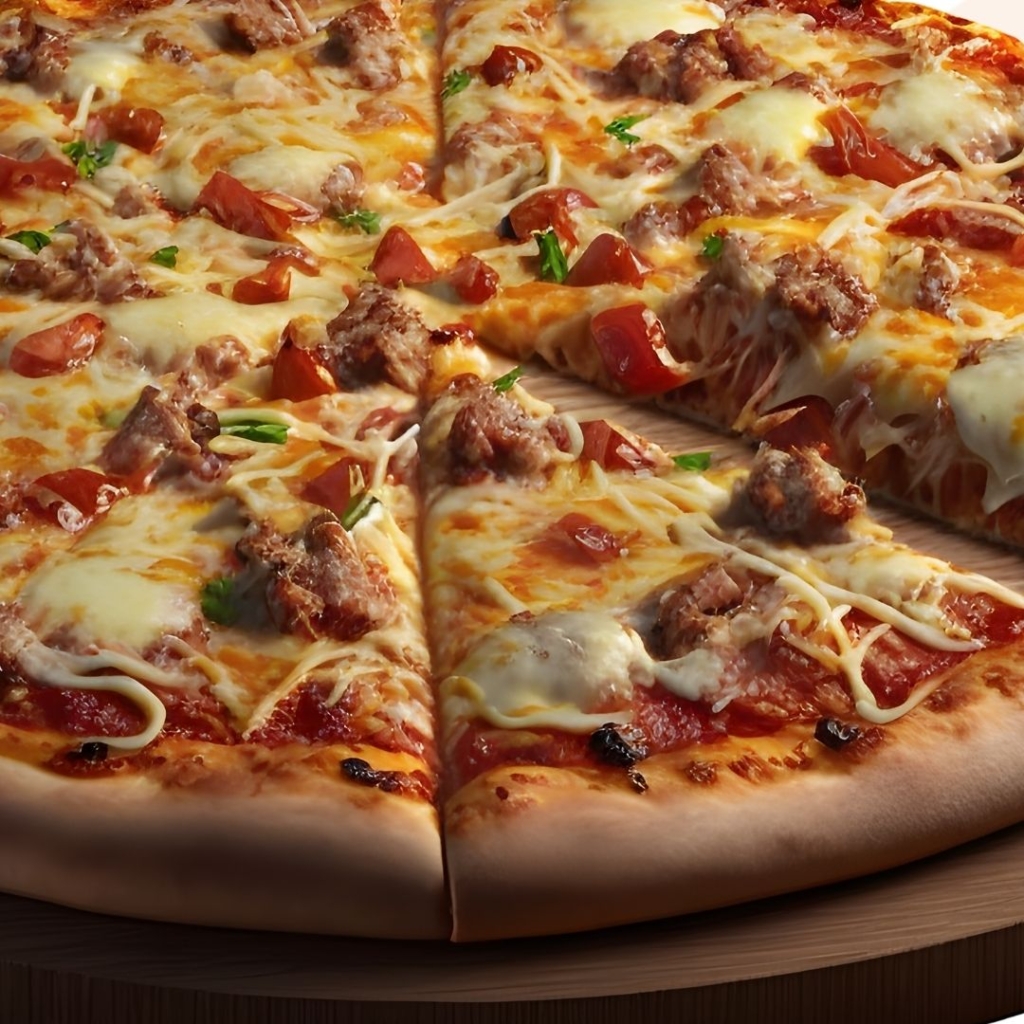Overview:
The Domino’s Pizza story, from a pizzeria in Michigan to global success, is built on sensory research. Learn how food science and sensory research help Domino’s dominate the global pizza market.
The food industry relies on sensory science to inform decision-making, from ingredient selection to packaging design and sustainability. Sensory and consumer research helps brands evaluate flavor and texture, measure consumer preferences, determine how much consumers are willing to pay, and meet unmet sensory needs, giving brands a commercial advantage over competitors. One brand has Dom-inated the competition, in part due to sensory science: Domino’s Pizza.
Dominating Through Consumer Research
Domino’s Pizza tells a truly American food story. Founded in 1960 by brothers Tom and James Monaghan, who purchased a small pizzeria called DomiNick’s in Ypsilanti, Michigan, Domino’s Pizza grew through franchising. By the early 1980s, it was the largest pizza delivery chain in the United States. Today, Domino’s operates over 20,000 retail stores in more than 90 countries.
Some of that success is supported by sensory and consumer research. Domino’s has teams that research food trends internationally, going on trips known as food safaris. Its product development team employs innovation directors who utilize sensory science and consumer insights to inform product development and provide guidance on key sensory drivers of liking.
For example, Domino’s launched a “health by stealth” initiative—featuring options under 650 kcals, thin-crust pizzas, reduced-fat mozzarella, and wraps designed for health-conscious consumers. These products are tested for taste and healthier appeal. To achieve this, Domino’s conducted consumer trials and sensory panel evaluations to measure crispness, portion sizing, flavor coating, and more, working until a food’s sensory profile aligns with consumer expectations.
Similarly, when launching seasonal products, such as a Thanksgiving-themed pizza, Domino’s contended with what many home chefs also struggle with: dry turkey. To combat this at scale, Domino’s combined the turkey with sage, onion, sausage, bacon, and a cranberry drizzle to retain moisture. The concept of layering demonstrates how food science enhances the consumer’s sensory experience and prevents quality problems.
Conducting Sensory Research for Food
To evaluate new menu offerings, sensory panels measure taste, texture, aroma, and appearance. Companies utilize sensory research to ensure consistency across production batches, refine flavor profiles, and align products with consumer expectations.
Panels involved in sensory research assess specific sensory attributes and provide feedback that informs product development, quality control, and marketing. There are two types of sensory panels used in product development and market research: trained panels and untrained consumer panels. Trained panels have specialized training in sensory evaluation and can detect subtle differences in flavor, mouthfeel, and aroma, while panels of appropriately selected untrained consumers provide feedback and opinions that reflects the product’s target market.
Conducting Sensory Research for Profit
Using sensory research, brands can ensure that their products meet sensory standards and consumer preferences. In-depth sensory evaluation throughout a product’s lifecycle sets your products up for a future that is more than flavorful; it’s relevant and commercially successful. If you’d like to consult experts in sensory, consumer, and market research, contact MMR Strategy Group, an IMS Legal Services company, today.
